Research
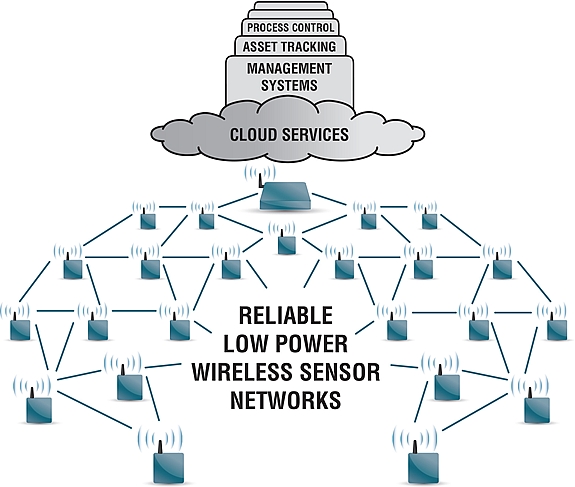 |
Micro-mobility in low-power wireless networks
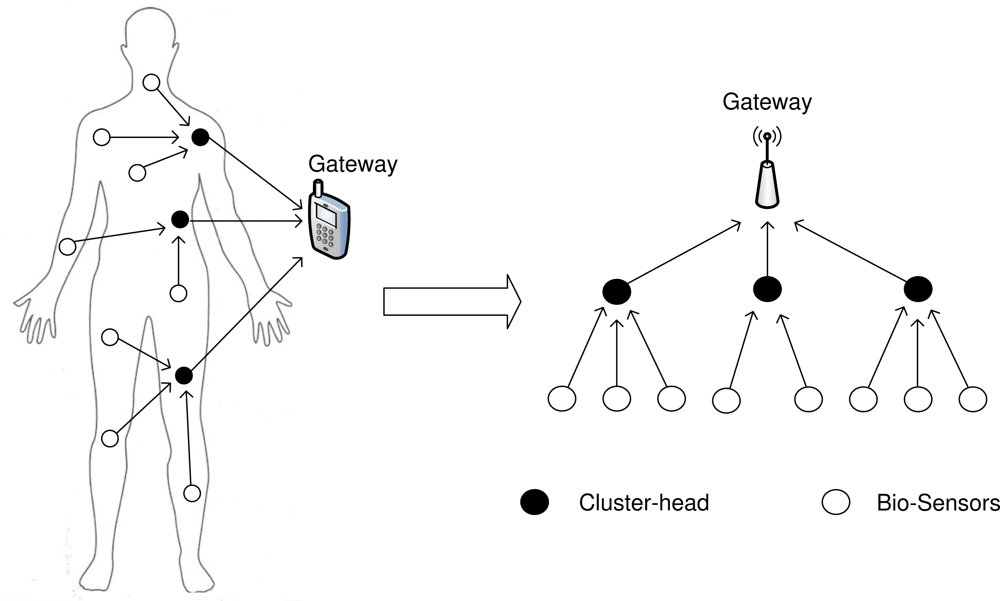 |
Emerging applications in industrial automation as well as tracking and monitoring applications of humans, objects or animals share common requirements: micro-mobility, i.e., the movement of nodes is confined to a limited area such as a floor or a building. Due to their mobility, sensor nodes need to frequently select a new routing parent from the set of stationary backbone nodes. In this work we present MobiSense, a MAC layer and routing architecture for micro-mobility environments providing reliable and energy-efficient
communication and low-latency handoffs. MobiSense's energy-efficiency and reliability comes from a set of carefully chosen design elements:
rapid network information gathering, rapid network (re)admission and convergence, distributed network formation, and dynamic scheduling.. |
A. Gonga, O. Landsiedel, and M. Johansson, “MobiSense: Power-efficient micro-mobility in wireless sensor networks”, in Proc. of the IEEE Conference on Distributed Computing in Sensor Systems and Workshops (DCOSS’11), 2011
A. Gonga, M. Johansson and A. Dunkels, “Poster Abstract: MobiSense: power-efficient micro-mobility in IPv6-based sensor networks”, In Proc. of the
 ACM/IEEE International Conference on Information Processing in Sensor Networks (IPSN’10), April, 2010, Stockholm
ACM/IEEE International Conference on Information Processing in Sensor Networks (IPSN’10), April, 2010, Stockholm
Link dynamics accessment in low-power wireless networks
A. Gonga, O. Landsiedel, P. Soldati and M. Johansson, “Revisiting Multi-Channel Communication to Mitigate Interference and Link Dynamics in Wireless Sensor Networks”, In Proc. of the IEEE Distributed Computing in Sensor Systems (DCOSS’12), May 16-19, 2012, Hangzhou, China, 2012
A. Gonga, O. Landsiedel, P. Soldati and M. Johansson, “Poster Abstract: Multi-Channel Communication vs. Adaptive Routing for Reliable Communication in WSNs”, in Proc. of the ACM/IEEE IPSN’12, April 16-19, Beijing, PRC, 2012
Randomized information exchange in proximity-based multichannel wireless networks
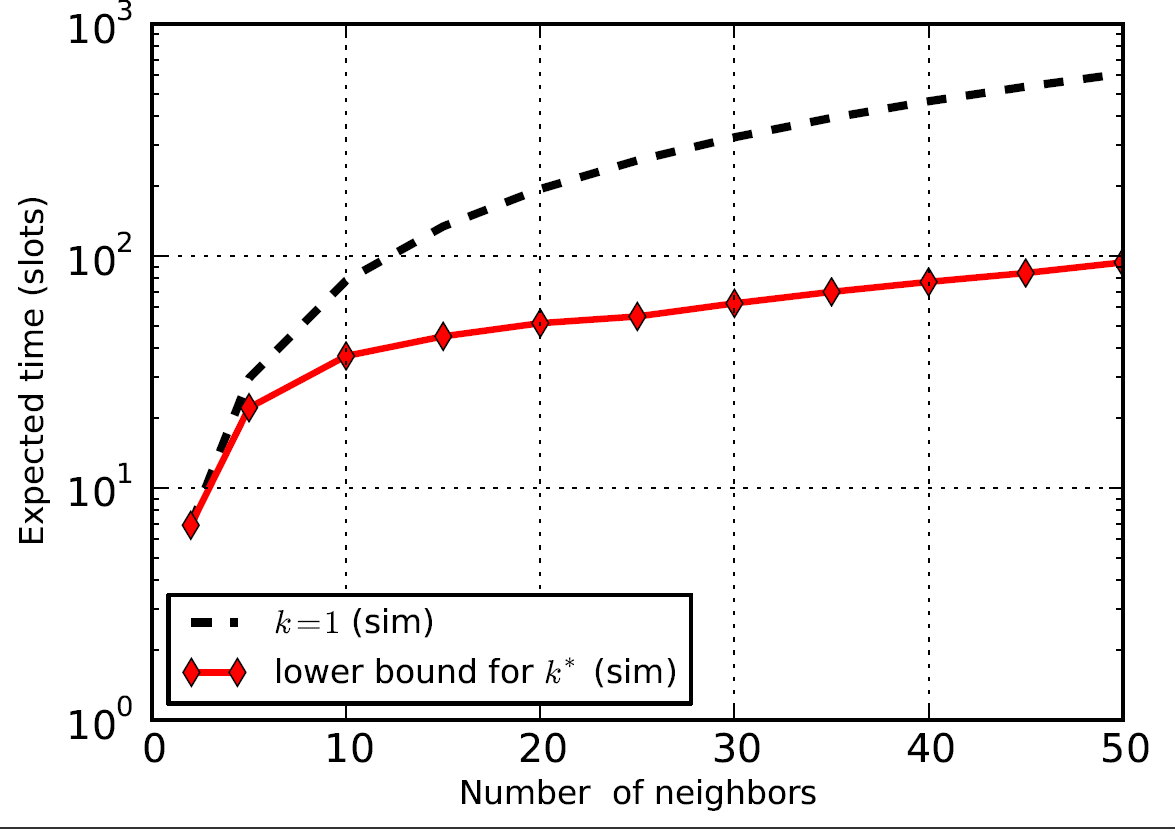 |
Ad hoc networks are becoming increasingly important due to a number of emerging applications, such as low-power wireless sensing and proximity-based communications. Such networks are usually required to be self-configured, even in conditions at which the network structure changes (because of environmental changes, mobility, etc.). One aspect of selfconfiguration is neighbor discovery, i.e. to gather and maintain information about nodes within direct communication range. This information is then used for medium access control, multi-hop communications, service discovery, etc. It is desirable that neighbor discovery is done rapidly, since (i) it allows other operations to start quickly (e.g., medium access control) and (ii) it decreases energy consumption. This work considers the problem of distributed
neighbor discovery in multi-channel wireless networks. We
propose a protocol in which nodes randomly select a channel
and decide whether to transmit or listen for neighbor discovery
beacons. When nodes transmit, they use epidemic information
dissemination to spread knowledge about all the nodes they
have discovered so far. Theoretical guarantees on discovery
times are complemented by extensive simulations and practical
implementations. The evaluations show that multi-channel
communication effectively reduces the number of collisions
between nodes in the network (especially in dense networks) and
that epidemic information dissemination yields both significant
speed-ups in order of |
A. Gonga, T. Charalambous and M. Johansson, “Fast information exchange in proximity-based multichannel wireless networks”, in Proc. of the
 IFIP Wireless Mobile and Networking Conference (WMNC 2015), Munich, Germany, Oct. 5-7, 2015.
IFIP Wireless Mobile and Networking Conference (WMNC 2015), Munich, Germany, Oct. 5-7, 2015. A. Gonga, T. Charalambous and M. Johansson, “Neighbor Discovery in Multichannel Wireless Clique Networks: An Epidemic Approach”, in Proc. of the
 IEEE International Conference on Mobile Ad-hoc and Sensor Systems, IEEE MASS 2013, Oct 14-16, Hangzhou, China
IEEE International Conference on Mobile Ad-hoc and Sensor Systems, IEEE MASS 2013, Oct 14-16, Hangzhou, China
Deterministic neighbor discovery with epidemics in multihop wireless networks
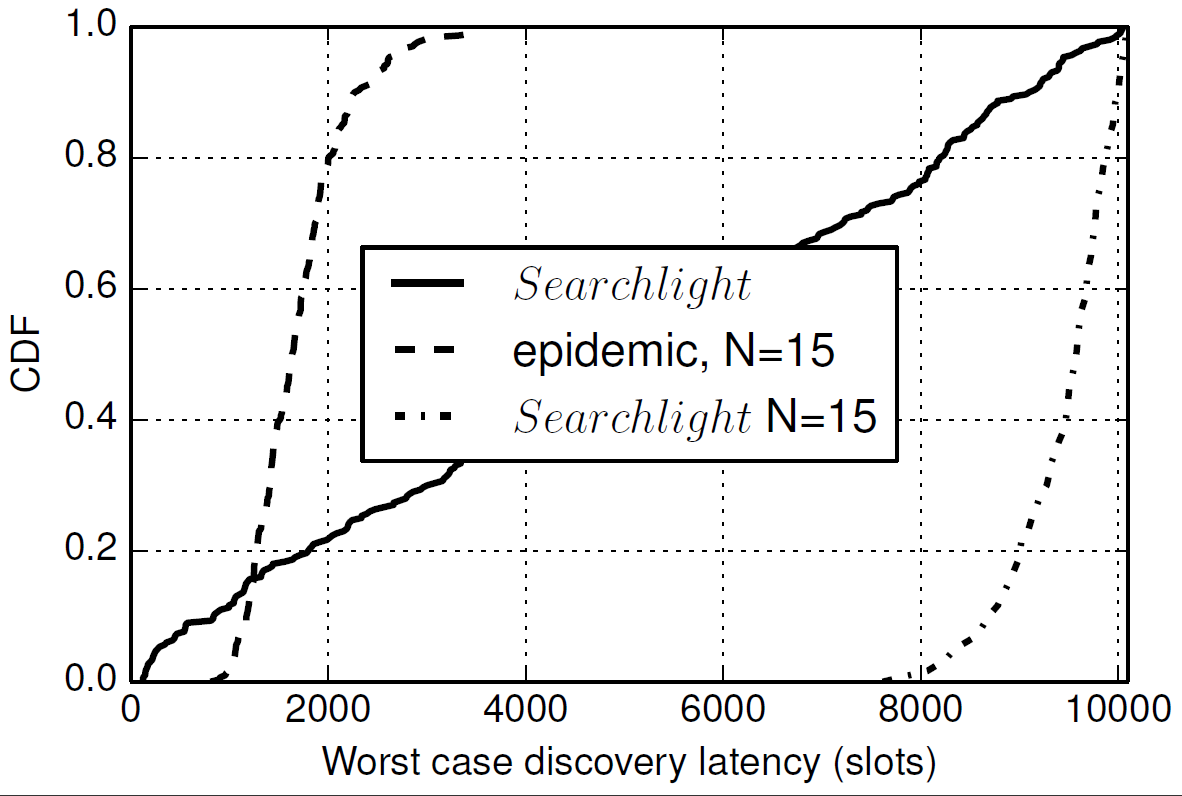 |
Many networking applications, such as mobile social networks 1 and crowd sensing 2 require fast and energy-efficient neighbor and service discovery 3, 4. Such applications often require stringent worst-case latency guarantees and the overall system design is simplified if the neighbor discovery service has a guaranteed termination time (i.e., an upper bound on the time it will take until all nodes have discovered all their neighbors). Hence, bounded latency is a valuable feature of a neighbor discovery protocol. We propose an epidemic information dissemination mechanism to speed up the discovery times in deterministic neighbor discovery protocols. The main idea is to let each node broadcast information about the beaconing slot locations of already discovered neighbors, so that other nodes in the network that are neighbors to these nodes can discover them much earlier. This simple extension to neighbor discovery has two key advantages which lead to strong performance improvements while still ensuring determinism in the discovery. First, it leads to significantly shorter discovery times at the expense of a temporary increase in the duty cycle. |
A. Gonga, T. Charalambous and M. Johansson, “Deterministic neighbor discovery with epidemics in multihop wireless networks”, in IEEE Transactions on Mobile Computing , July, 2015, Submitted.
Multichannel MAC protocols for low-power wireless
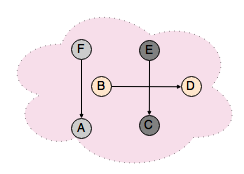 |
The key advantage of multichannel communications over single channel communications is the use of orthogonal frequency bands, which enables the coexistence of multiple and parallel data flows in a single collision domain. Much of the literature on energy-efficient communications exploits radio duty cycling, a technique that allows a radio to operate most of the time in sleep state and only wake up for very short instances of time to to transmit data or sample the channel for incoming packets. Dutycycling can be classified as synchronous, asynchronous, or hybrid. Depending which side triggers the communication, MAC protocols can be broadly classified into sender-initiated, and receiver-initiated. In this work we focus on sender-initiated and asynchronous, an energy-efficient multichannel MAC protocol for low-power wireless networks. The protocol combines a novel mechanism for rapid schedule learning that avoids per-packet channel negotiations with use of burst data transfer to provide efficient support multiple contending unicast and parallel data flows. |
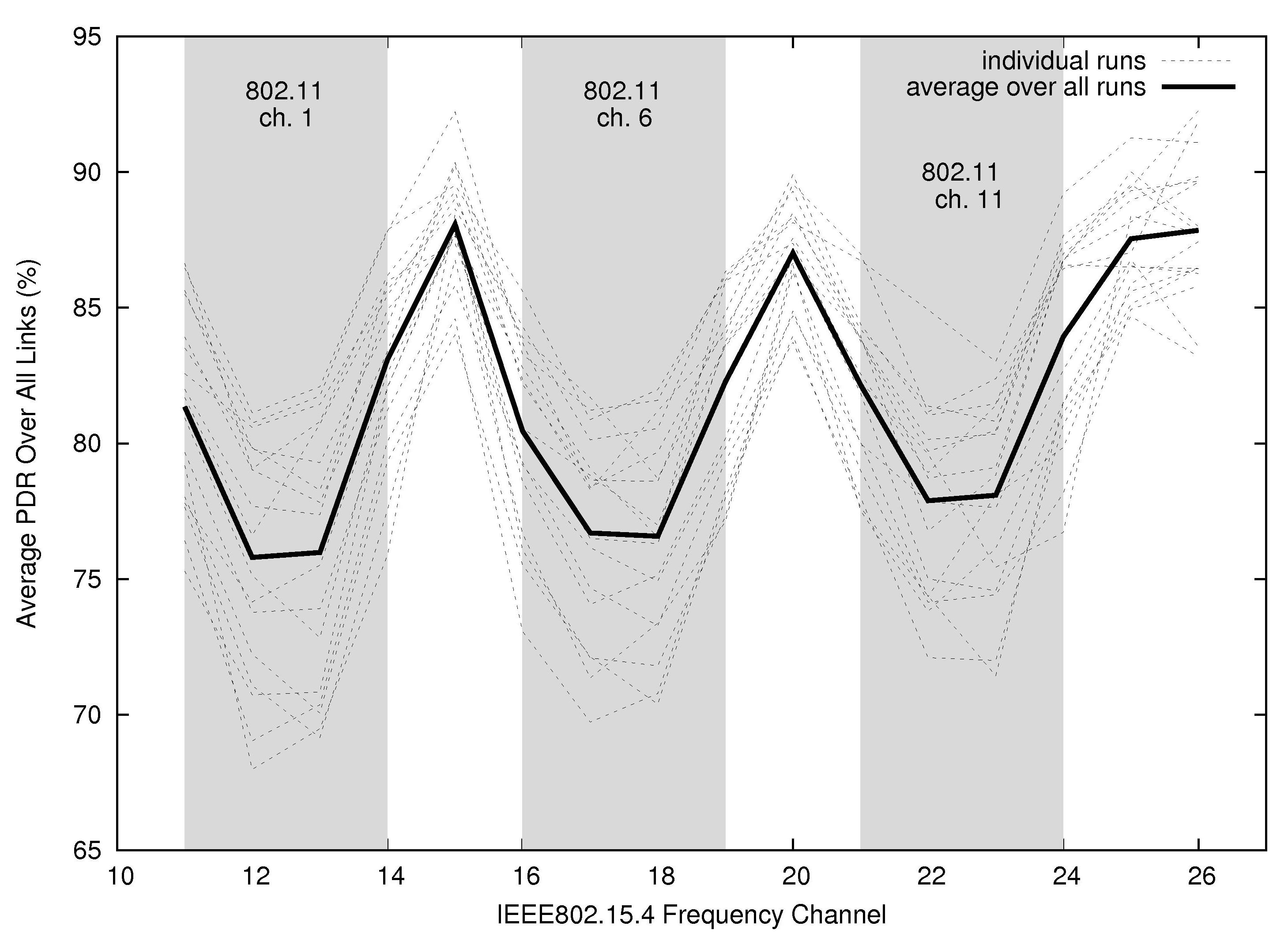
 and increased resilience to packet losses.
and increased resilience to packet losses.